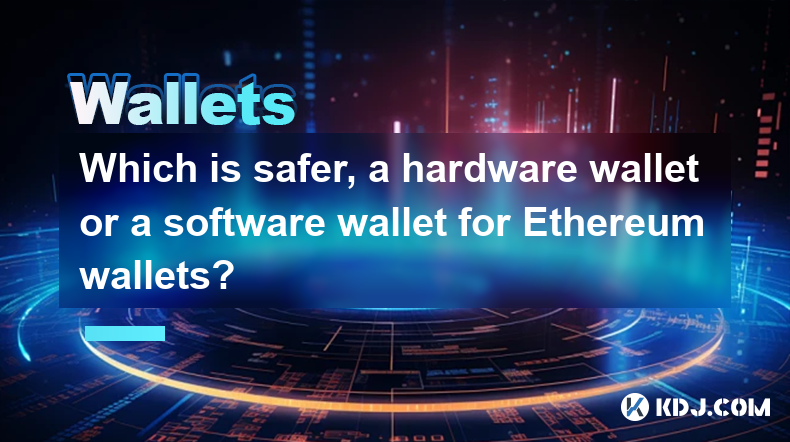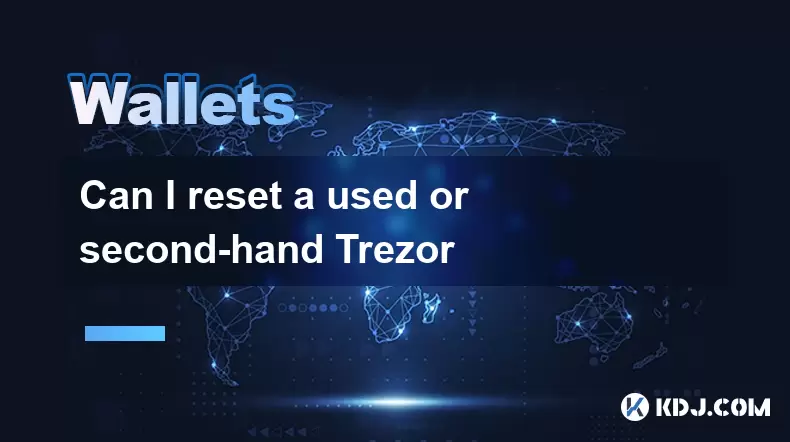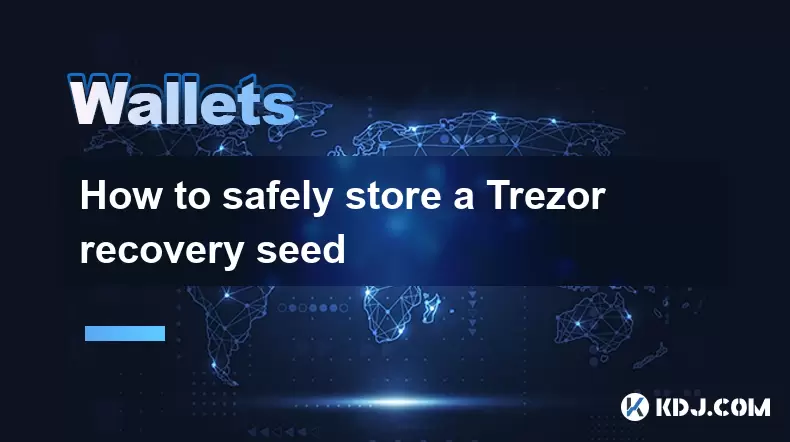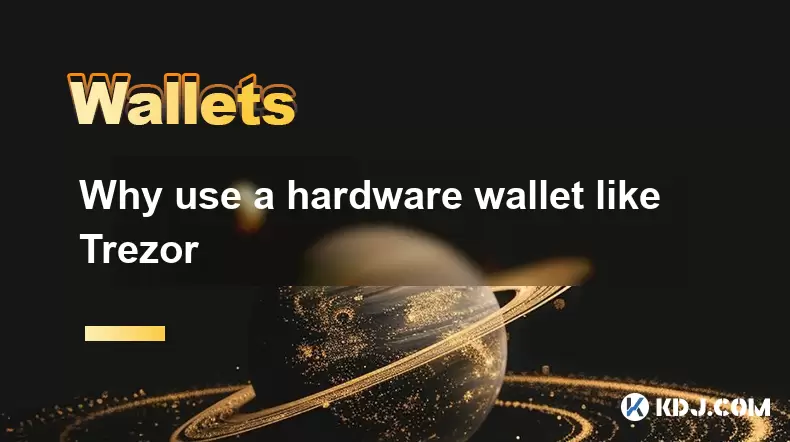-
 Bitcoin
Bitcoin $108,959.9236
0.65% -
 Ethereum
Ethereum $2,617.3023
2.88% -
 Tether USDt
Tether USDt $1.0003
0.01% -
 XRP
XRP $2.3087
1.50% -
 BNB
BNB $660.5813
-0.05% -
 Solana
Solana $151.8242
2.09% -
 USDC
USDC $1.0000
0.00% -
 TRON
TRON $0.2875
0.27% -
 Dogecoin
Dogecoin $0.1711
2.04% -
 Cardano
Cardano $0.5883
1.64% -
 Hyperliquid
Hyperliquid $38.8500
0.48% -
 Sui
Sui $2.9010
1.55% -
 Bitcoin Cash
Bitcoin Cash $501.0660
1.04% -
 Chainlink
Chainlink $13.9790
4.29% -
 UNUS SED LEO
UNUS SED LEO $9.0939
0.47% -
 Stellar
Stellar $0.2594
4.44% -
 Avalanche
Avalanche $18.3505
2.02% -
 Shiba Inu
Shiba Inu $0.0...01186
2.04% -
 Toncoin
Toncoin $2.8010
2.36% -
 Hedera
Hedera $0.1608
1.75% -
 Litecoin
Litecoin $87.6767
1.80% -
 Monero
Monero $316.6392
-0.08% -
 Polkadot
Polkadot $3.4486
2.47% -
 Dai
Dai $1.0000
-0.01% -
 Ethena USDe
Ethena USDe $1.0008
0.08% -
 Bitget Token
Bitget Token $4.3368
0.75% -
 Uniswap
Uniswap $7.6356
3.40% -
 Aave
Aave $293.1307
3.55% -
 Pepe
Pepe $0.0...01021
3.23% -
 Pi
Pi $0.4599
0.48%
Which is safer, a hardware wallet or a software wallet for Ethereum wallets?
2025/03/25 04:35

Key Points:
- Hardware wallets offer significantly greater security than software wallets due to their offline nature.
- Software wallets are more convenient but expose your private keys to potential vulnerabilities.
- The choice between a hardware and software wallet depends on your risk tolerance and technical expertise.
- Both hardware and software wallets have their own security protocols, but hardware wallets are generally considered the gold standard for security.
- Understanding the risks associated with each type of wallet is crucial before choosing one for your Ethereum holdings.
Which is safer, a hardware wallet or a software wallet for Ethereum wallets?
The question of hardware versus software wallets for Ethereum is a crucial one for anyone holding significant amounts of ETH. Both offer ways to store your private keys, which are essential for accessing your cryptocurrency, but they differ dramatically in their security approach. The core difference lies in where your private keys are stored and how they interact with the outside world.
Hardware wallets, like Ledger and Trezor, are physical devices that store your private keys offline. This offline storage is the key to their superior security. Because your keys never leave the device, they are immune to most common forms of hacking, such as malware, phishing attacks, and remote access Trojans. The device itself is designed with robust security features to prevent unauthorized access.
Software wallets, on the other hand, store your private keys on your computer, smartphone, or other digital device. This makes them inherently more vulnerable. Malware, viruses, or a compromised operating system can expose your private keys, leading to the theft of your Ethereum. Even seemingly secure software wallets are susceptible to sophisticated hacking techniques.
The security difference stems from the fundamental principle of keeping your private keys away from potential threats. A hardware wallet achieves this by isolating the keys entirely from the internet and other connected devices. A software wallet, by its very nature, requires interaction with a network, inherently increasing the risk of exposure.
Consider the scenario of a phishing attack. A hardware wallet requires physical access to the device and its PIN code to authorize transactions. A software wallet, however, can be compromised through a malicious link or a deceptive email, potentially leading to the immediate transfer of your funds.
The level of security also depends on the specific wallet. Not all hardware wallets are created equal, and neither are software wallets. Some hardware wallets have better security features than others. Similarly, some software wallets employ robust encryption and security protocols, but these are still less secure than the inherent isolation provided by a hardware wallet.
The convenience factor is where software wallets often win. They are typically easier to set up and use, often integrating seamlessly with various cryptocurrency exchanges and platforms. This ease of use, however, comes at the cost of security. Hardware wallets, while more secure, require a bit more technical knowledge and patience to set up and use effectively.
Setting up a hardware wallet generally involves:
- Unboxing the device and connecting it to your computer.
- Downloading the manufacturer's software and following the on-screen instructions.
- Creating a PIN code and a recovery phrase (crucial for recovery in case of device loss or damage).
- Transferring your Ethereum from your exchange or another wallet to your new hardware wallet address.
Setting up a software wallet is usually simpler:
- Downloading the wallet software from a trusted source.
- Creating a new wallet or importing an existing one.
- Backing up your recovery phrase.
- Receiving your Ethereum to your new software wallet address.
Choosing between a hardware and software wallet involves weighing security against convenience. If you have a substantial amount of Ethereum, the enhanced security of a hardware wallet is generally recommended, despite the slightly steeper learning curve. For smaller amounts or users comfortable with the inherent risks, a reputable software wallet with strong security features might suffice.
Frequently Asked Questions:
Q: Can a hardware wallet be hacked? While highly resistant, hardware wallets are not entirely unhackable. Sophisticated attacks, physical theft, or exploiting vulnerabilities in the device's firmware are potential, albeit rare, scenarios. However, they are significantly more secure than software wallets.
Q: Are all software wallets equally insecure? No. Some software wallets employ advanced encryption and security measures, making them relatively safer than others. However, they are still inherently more vulnerable than hardware wallets due to their online nature.
Q: What if I lose my hardware wallet? This is why the recovery phrase is crucial. It allows you to restore access to your Ethereum on a new device, provided you have securely stored your recovery phrase.
Q: What if I lose my software wallet's recovery phrase? Without the recovery phrase, your Ethereum will be irretrievably lost. This highlights the importance of securely backing up your recovery phrase.
Q: Which hardware wallet is the best? There is no single "best" hardware wallet. Popular and reputable options include Ledger and Trezor, both offering strong security features. The choice often comes down to personal preference and specific features.
Q: Are there any free, secure software wallets? Free software wallets exist, but their security may be compromised. Paid options often offer superior security features and better support. Always research thoroughly before using any software wallet.
免责声明:info@kdj.com
所提供的信息并非交易建议。根据本文提供的信息进行的任何投资,kdj.com不承担任何责任。加密货币具有高波动性,强烈建议您深入研究后,谨慎投资!
如您认为本网站上使用的内容侵犯了您的版权,请立即联系我们(info@kdj.com),我们将及时删除。
- Magacoin的Meme硬币激增:下一个Dogecoin?
- 2025-07-09 12:30:12
- 比特币价格:稳定性超过$ 100K,设置了怪物拉力赛吗?
- 2025-07-09 12:30:12
- Magacoin财务:TrustScore和Meme Coins的未来
- 2025-07-09 12:35:12
- 加密鲸鱼的投资组合:解码令牌藏匿和新兴趋势
- 2025-07-09 08:30:12
- 稀有硬币,幸运的发现,宝贵的硬币:日常变化中的宝藏
- 2025-07-09 08:30:12
- Coinbase,Altcoins和The Empire State:纽约加密货币的新时代?
- 2025-07-09 09:30:12
相关百科

如何将Trezor连接到Rabby Wallet
2025-07-09 05:49:50
什么是Trezor和Rabby Wallet? Trezor是由Satoshilabs开发的硬件钱包,使用户可以将其加密货币资产安全地存储在线。它支持广泛的加密货币,包括Bitcoin,以太坊和各种ERC-20令牌。另一方面, Rabby Wallet是一种非监测钱包,主要用于与以太坊区块链及其兼容...

如果我忘记了我的特佐尔密码短语会发生什么
2025-07-09 03:15:08
理解三倍密封词的作用如果您使用Trezor硬件钱包,则可能已经设置了一个密码,作为恢复种子以外的额外安全性。与您的设备随附的12或24字恢复短语不同, Trezor密码短语就像隐藏的钱包修饰符一样。输入时,它会创建一个全新的钱包推导路径,这意味着如果没有正确的密码,您将无法访问关联的资金。此附加单词...

我可以重置二手还是二手Trezor
2025-07-09 11:49:34
了解使用或二手Trezor的重置过程如果您购买了二手或二手Trezor钱包,则可能要做的第一件事就是确保它在使用前完全重置。这样可以确保删除任何以前所有者的数据,私钥和配置。好消息是, Trezor设备可以重置,但是涉及一些特定的步骤和预防措施。在进行继续之前,请了解重置Trezor将删除存储在设备...

如何安全地存储Trezor恢复种子
2025-07-09 11:22:12
了解Trezor恢复种子的重要性Trezor恢复种子是在Trezor硬件钱包的初始设置中生成的12或24个单词的序列。这些词是您加密货币持有的最终备份。如果您的设备丢失,被盗或损坏,恢复种子使您可以在另一个兼容的钱包上重新获得对资金的访问。该种子短语的安全性至关重要,任何妥协都可能导致资产的不可逆转...

如果我的Trezor屏幕打破了该怎么办
2025-07-09 10:36:11
了解破裂的Trezor屏幕的影响如果您的Trezor屏幕被打破,它可能会严重影响您与加密货币钱包的互动方式。 Trezor设备上的屏幕是关键安全功能,使您可以直接在硬件本身上验证交易详细信息。如果没有运行的显示,则确认交易变得具有挑战性,可能将您的资金暴露于未经授权的活动中。重要的是要了解,尽管内部...

为什么使用Trezor这样的硬件钱包
2025-07-09 11:00:47
什么是硬件钱包,为什么它很重要硬件钱包是一种物理设备,旨在将加密货币的私钥安全地存储在线。与容易受到恶意软件和在线攻击的软件钱包不同, Trezor之类的硬件钱包通过保持与Internet连接的设备隔离的私钥来提供额外的安全性。这种隔离可确保即使您的计算机或智能手机受到损害,您的加密货币资产仍然安全...

如何将Trezor连接到Rabby Wallet
2025-07-09 05:49:50
什么是Trezor和Rabby Wallet? Trezor是由Satoshilabs开发的硬件钱包,使用户可以将其加密货币资产安全地存储在线。它支持广泛的加密货币,包括Bitcoin,以太坊和各种ERC-20令牌。另一方面, Rabby Wallet是一种非监测钱包,主要用于与以太坊区块链及其兼容...

如果我忘记了我的特佐尔密码短语会发生什么
2025-07-09 03:15:08
理解三倍密封词的作用如果您使用Trezor硬件钱包,则可能已经设置了一个密码,作为恢复种子以外的额外安全性。与您的设备随附的12或24字恢复短语不同, Trezor密码短语就像隐藏的钱包修饰符一样。输入时,它会创建一个全新的钱包推导路径,这意味着如果没有正确的密码,您将无法访问关联的资金。此附加单词...

我可以重置二手还是二手Trezor
2025-07-09 11:49:34
了解使用或二手Trezor的重置过程如果您购买了二手或二手Trezor钱包,则可能要做的第一件事就是确保它在使用前完全重置。这样可以确保删除任何以前所有者的数据,私钥和配置。好消息是, Trezor设备可以重置,但是涉及一些特定的步骤和预防措施。在进行继续之前,请了解重置Trezor将删除存储在设备...

如何安全地存储Trezor恢复种子
2025-07-09 11:22:12
了解Trezor恢复种子的重要性Trezor恢复种子是在Trezor硬件钱包的初始设置中生成的12或24个单词的序列。这些词是您加密货币持有的最终备份。如果您的设备丢失,被盗或损坏,恢复种子使您可以在另一个兼容的钱包上重新获得对资金的访问。该种子短语的安全性至关重要,任何妥协都可能导致资产的不可逆转...

如果我的Trezor屏幕打破了该怎么办
2025-07-09 10:36:11
了解破裂的Trezor屏幕的影响如果您的Trezor屏幕被打破,它可能会严重影响您与加密货币钱包的互动方式。 Trezor设备上的屏幕是关键安全功能,使您可以直接在硬件本身上验证交易详细信息。如果没有运行的显示,则确认交易变得具有挑战性,可能将您的资金暴露于未经授权的活动中。重要的是要了解,尽管内部...

为什么使用Trezor这样的硬件钱包
2025-07-09 11:00:47
什么是硬件钱包,为什么它很重要硬件钱包是一种物理设备,旨在将加密货币的私钥安全地存储在线。与容易受到恶意软件和在线攻击的软件钱包不同, Trezor之类的硬件钱包通过保持与Internet连接的设备隔离的私钥来提供额外的安全性。这种隔离可确保即使您的计算机或智能手机受到损害,您的加密货币资产仍然安全...
查看所有文章

























































































